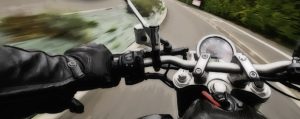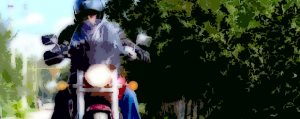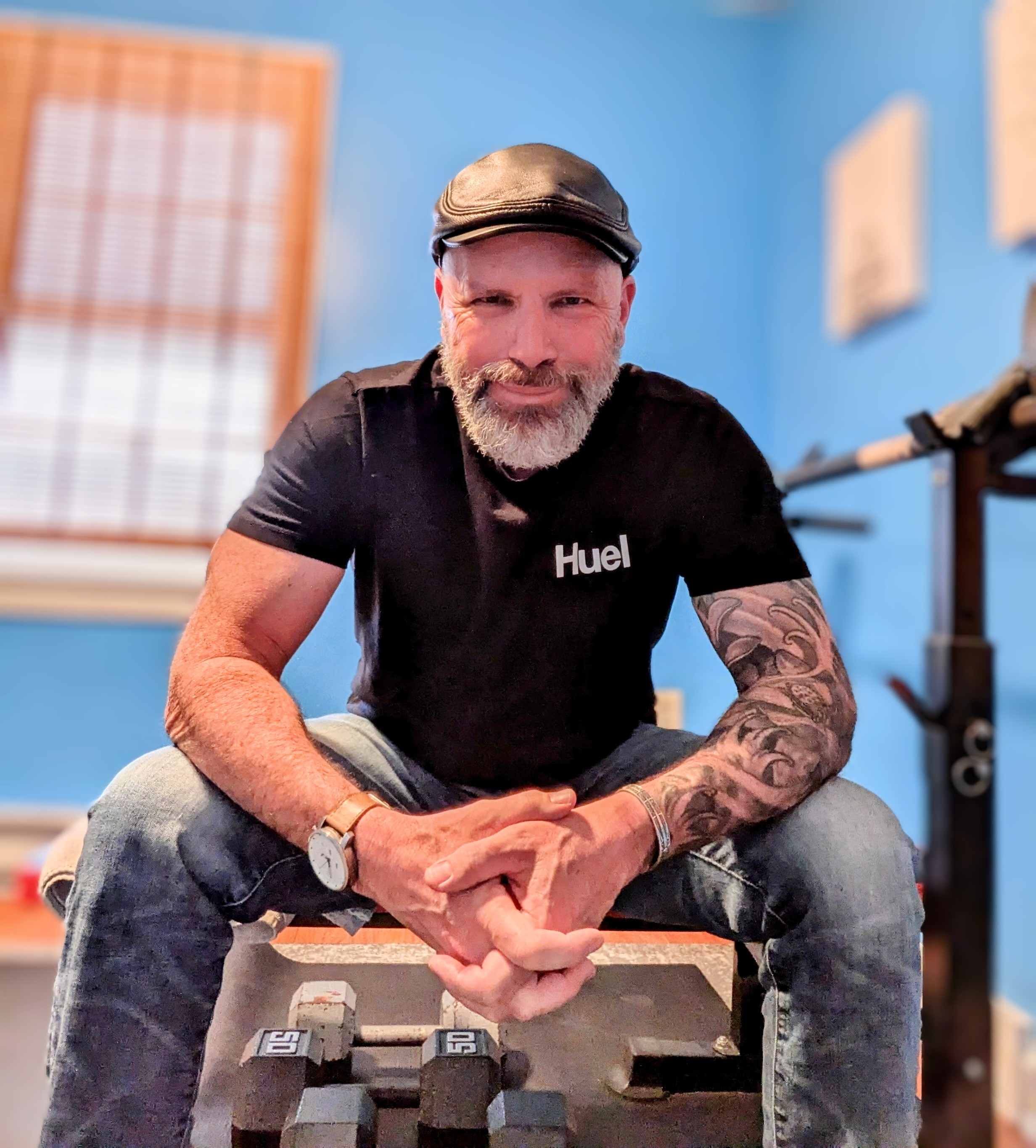“I have no criminal record and I don’t do drugs”, J said emphatically, nipping any fore-drawn conclusions in the bud. His outburst would find its context as we spoke, and I got the fee ling this issue has arisen before. “But I didn’t assume” I could have said, truthfully. Instead I just let him speak. J has been a dedicated biker since leaving school; he’s now in his 50s. I have to ask how his passion for motorcycles started. “I was 16 and wanted to be mobile”, he reveals. Rather than wait another year for a provisional car license and the associated expense of lessons; he took the short-cut to mobility and started out on two wheels instead. Although chosen from a standpoint of convenience, biking soon won him over and he became a lifelong convert, well, so far at least.
ling this issue has arisen before. “But I didn’t assume” I could have said, truthfully. Instead I just let him speak. J has been a dedicated biker since leaving school; he’s now in his 50s. I have to ask how his passion for motorcycles started. “I was 16 and wanted to be mobile”, he reveals. Rather than wait another year for a provisional car license and the associated expense of lessons; he took the short-cut to mobility and started out on two wheels instead. Although chosen from a standpoint of convenience, biking soon won him over and he became a lifelong convert, well, so far at least.
“I just loved it”, he says, so much so that he was an all-weather, year-round biker until the age of 30. That’s dedication, especially during the extremes of the UK’s often miserable climate. Eventually the novelty wore off and for the last 2 decades J has switched to his car for the dire winter months. Yes, ultimately the weather always wins. “It makes you a better car driver”, he says of his life on two wheels. That makes sense, viewing the road from the exposed perspective of a biker must certainly highlight the hazards of the daily commute. Not only that but the awareness of other bikers is elevated. So many are killed, or injured by car drivers who somehow ‘didn’t see’ the two wheeled road user in front, or to the side, of them.
So, whilst dedicated to his bikes, his biker friends, and a good portion of the life that is part of the package, J also moves effortlessly and carefully through the civilian world. He maintains a home, a job, a family, normality by any other name. It takes a little care, but J is well practiced through necessity. Certain behaviors engender associated consequences, usually delivered on the expectations of others, while J is merely minding his own business. “When you pull up (on a bike) alongside people at traffic lights they think you are trouble”, he reveals, admitting a conscious effort to redress the balance when not on the road. “I don’t look like a biker and it’s not on my resume.” The latter point came from a conversation with a former boss, who advised him never to mention it on a resume. Doing so would automatically render him a liability, akin to an “extreme sports” enthusiast in the eyes of prospective employers. He continues: “I hide the tattoos on my arms, even though they are not ‘biker’ tattoos.” Nonetheless, all the elements contribute to a certain image that could work against him when he wants it least: in the context of a paying job for instance. In some respects J’s care amounts to hiding his true self, by his own admission.
Our society is not yet ready to accept J’s (or anyone’s) parallel, biker life on equal terms, though interestingly and perhaps more accurately, he doesn’t see any separation: “It’s all part of the same world”, he emphasizes. Social  media is an ongoing, homogenizing force: the profiles of bikers, civvies, work colleagues, and more all co-exist on J’s Facebook page, side-by-side, each with equal weight and status. The lives behind them glide past each other like ships in the night whilst J’s path crosses them all.
media is an ongoing, homogenizing force: the profiles of bikers, civvies, work colleagues, and more all co-exist on J’s Facebook page, side-by-side, each with equal weight and status. The lives behind them glide past each other like ships in the night whilst J’s path crosses them all.
The common, media-fueled perception of bikers, however, is the only consideration to most outsiders unwilling to think beyond prejudice. However like most myths, at the heart of it, there is a rare nugget of truth that most of us have no business with. The world is large enough to contain many rarities, all waiting to be found if you are prepared to search hard enough. Sometimes it’s wiser not to look.
Through a difficult time, a mid-life crisis that saw uncertainty and a change of relationships, J sought the company and perhaps the validation of a biker fraternity unashamedly nonchalant about their reputation among the often fearful mainstream: a “1%er” patch-wearing bike gang. The self-appointed “1%er” label originated in 1947 following a statement issued by the American Motorcyclist Association during the media frenzy that followed the Hollister (California) bike rally, aka “The Hollister Riot”. In attempts to counter the negative press, the A.M.A declared that 99% of motorcyclists are in fact law-abiding citizens. This inspired the hardened clubs of the period to blatantly declare that they were therefore the “other 1%”, choosing to value their own codes above the rule of law and thereby setting their reputation in stone.
After two years as a “prospect” (a would-be member tested for his obedience, respect and dedication), J became a full member although subsequent events were not set to follow his initial plan. He describes his adoptive organization in terms of “family”, but with a dedication over and above any biological equivalent. So much so that he could envisage his own flesh and blood family usurped and sidelined until only his biker brothers remained. This was only the start of his concerns. They saw him as intelligent and useful, even dangerously so. He could potentially be called upon to participate in risky, hazardous endeavors and remain the least likely suspect, such was his ability to blend with everyday “normality”. His clean record meant that any future legal transgressions would be met with relative leniency by the system, should he “take the rap” of course, something that he quickly realized he would be obliged to do. Any legal ‘difficulties’ would also have serious repercussions for his livelihood, such was the nature of his work. The far-reaching consequences of his membership were coming into grim focus: “Until you’re in it; you don’t realize”, he admits.
Usually there is no way back or out, but occasionally there are tales of those who have managed to extricate themselves. With his inevitable future becoming more apparent, J realized he must free himself or be trapped by events that could not be undone. Fortunately his mainstream job involving technical systems would provide the perfect leverage. Work would take him abroad for extended periods, forcing an absence from his biker life and its increasing commitments, much to the irritation of his internal and external families. With stress at home and the demands of work to contend with something had to give. On presenting his case to his gang superiors, it became apparent that he could no longer do his membership justice, and it was with some relief on J’s part that with due consideration they allowed him to step down and also to leave on good terms. “They’re less harsh than in the USA”, he tells me.
Today, nearly two decades later, he still remains good friends with some of his original bike chapter, but as a welcome outsider, a rare breed. His former life, although relatively brief, still follows him as an ex-member of a particular gang. There are places and events that he can’t visit, all territories marked by rival organizations that cannot be crossed now that he is indelibly stained for life by association with the enemy. Some shadows cannot be brushed aside, a cautionary tale.
Meanwhile, we may pass him in the street, and suspect nothing. After all: he still doesn’t look like a biker.



